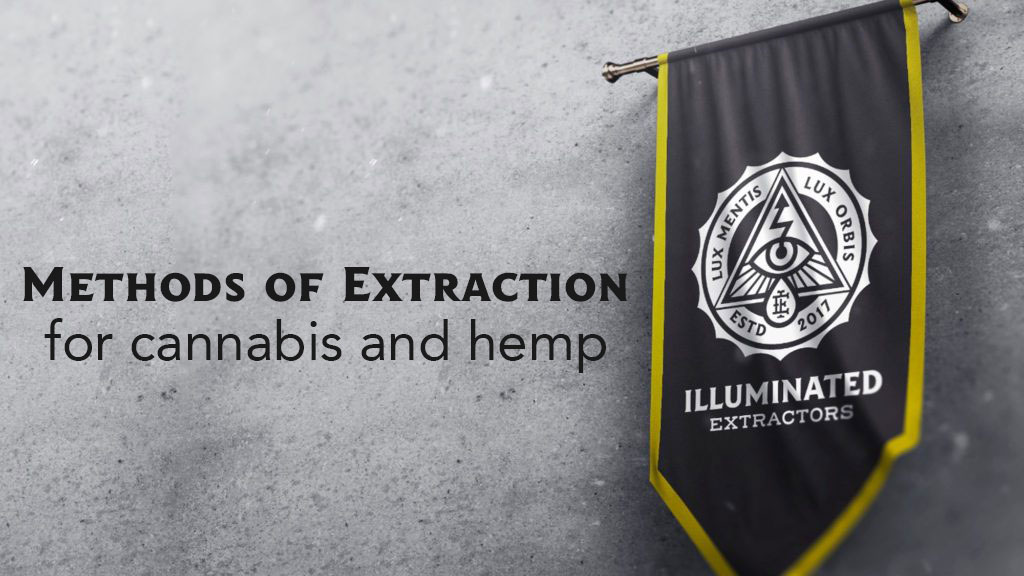
The ProJak Hack: Unlocking Standalone ProJak with the Illuminated Isolation Station
If you’re already running a hydrocarbon extraction lab with a decent compressor and chiller setup, there’s a good chance you’re sitting on untapped potential—and Illuminated






